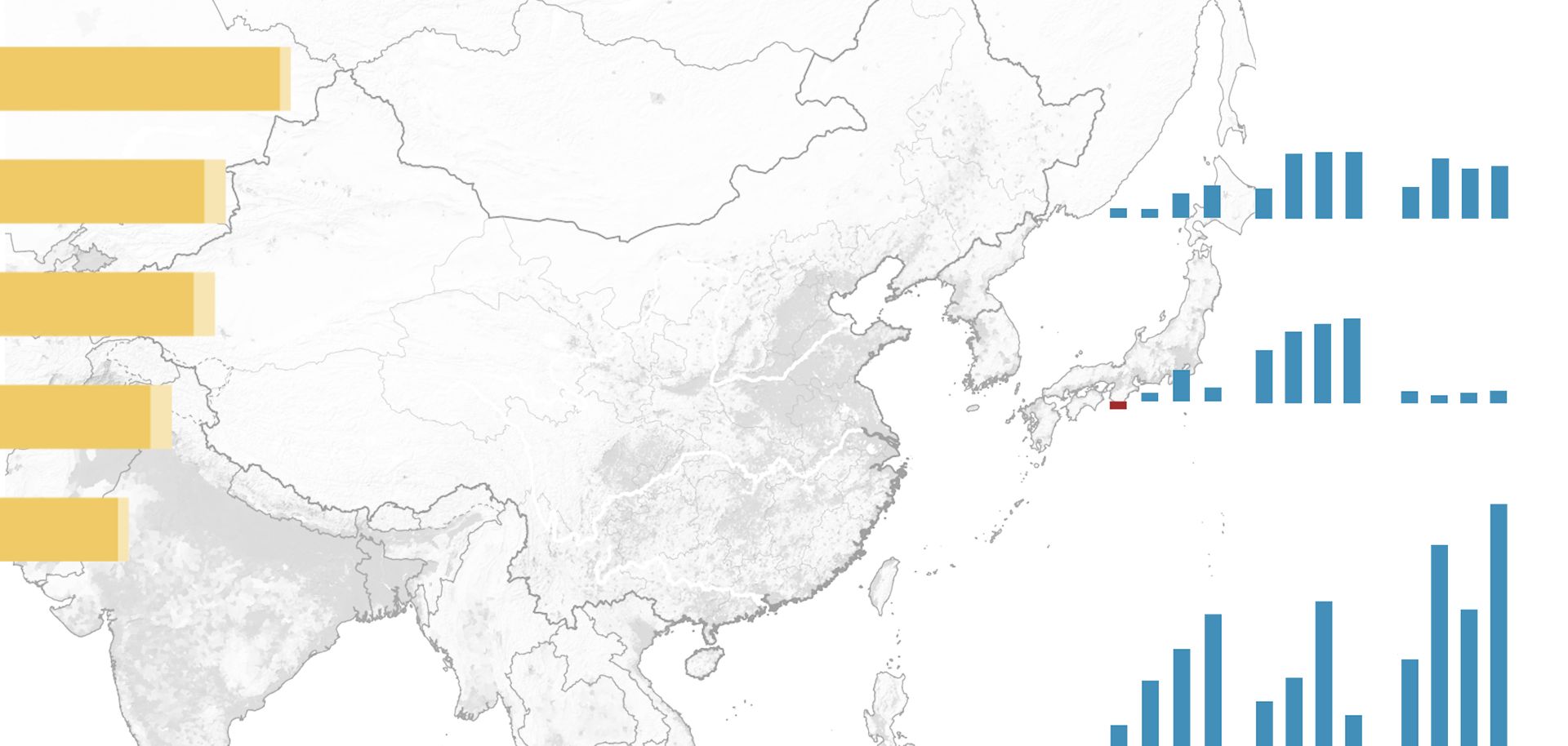
Gen. Khalifa Hifter, who became a recognized leader of Libyan military forces under the Tobruk government in October, has been able to use fighter aircraft in combat operations since May, when a former Libyan air force unit joined his forces. Operating from the Al Bayda air base northeast of Benghazi, the MiG-21 and MiG-23 aircraft, as well as a number of Mi-25 attack helicopters, quickly came to support forces commanded by Hifter and his allies in the fight over Benghazi. They struck bases of the February 17 Martyrs' Brigade, one of the militias opposing Hifter's forces in the city. However, these aircraft failed to have a significant impact on ground combat, and the battle for Benghazi rages on as ground forces fight block by block.
Since then, the Libyan National Army, commanded by Hifter, has expanded its operations to the air bases at As Sidra and Wattiyah. These airfields, located along the center and west of Libya's coastline, respectively, have enabled Hifter to conduct frequent airstrikes on Libyan Dawn positions in Sirte, Tripoli and Misrata. From the Al Bayda air base in the east of the country, most of these targets would have been at the extent or beyond the strike range for the different types of aircraft the Tobruk-aligned forces operate. Control of these airfields in the west is therefore critical to the ability to reliably conduct sustained air operations in those areas.
The As Sidra air base has been instrumental in protecting the oil terminals at nearby ports, although the limited number of aircraft causes this protection to be intermittent. It has also enabled Hifter's forces to strike at Sirte and its airfield, where Islamist militias operate. Use of the Wattiyah air base, protected by Zintan militia fighters on the ground, in turn enables aircraft to strike at Tripoli, which has been under the control of Libyan Dawn since September.



